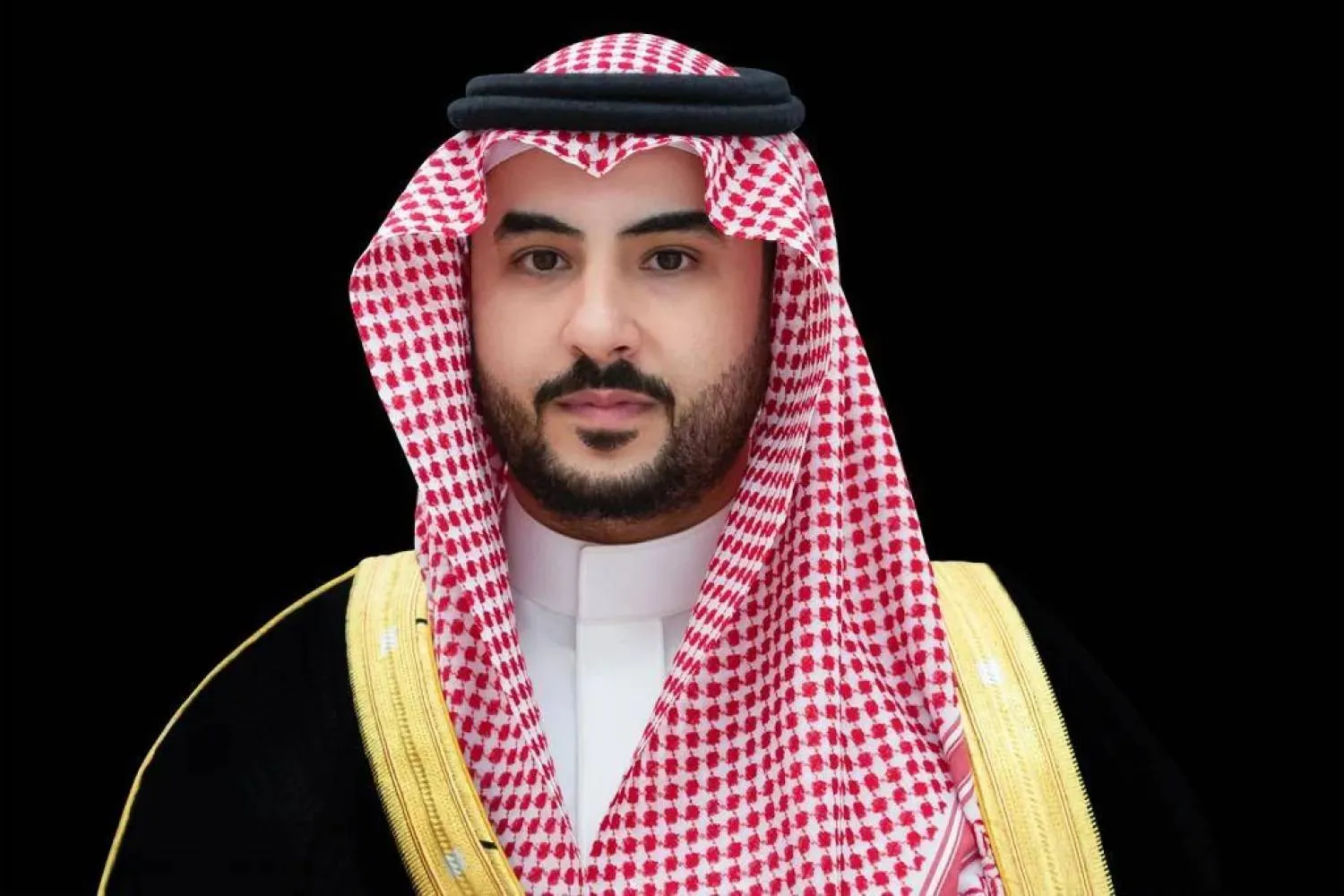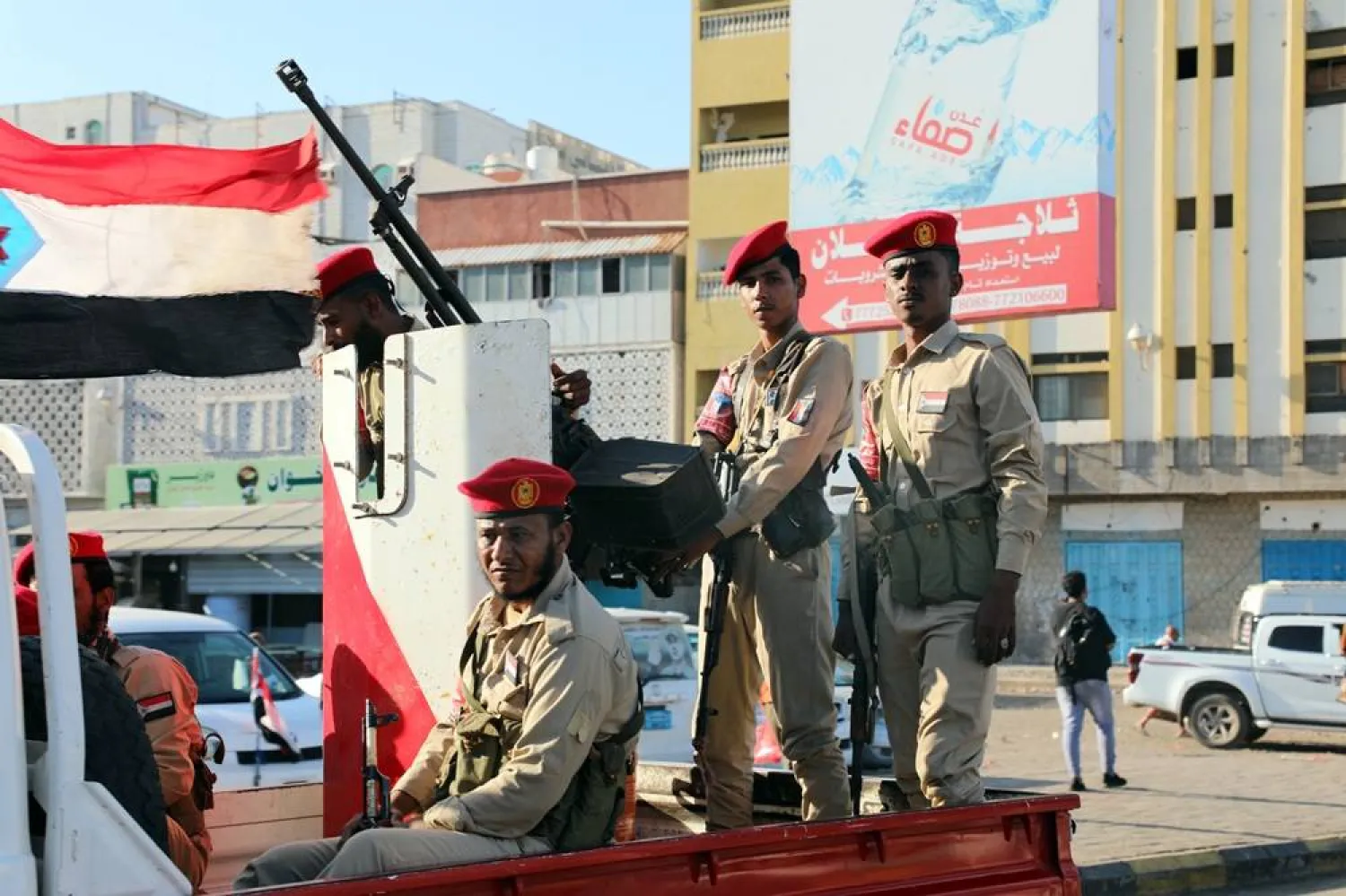Saudi Defense Minister Prince Khalid bin Salman said on Saturday it “was time for the Southern Transitional Council in Yemen to listen to reason and prioritize public interest and unity of ranks and respond to the Saudi-Emirati mediation to end the escalation.”
In a post on the X platform, he called on the STC to withdraw its forces from the eastern Hadhramaut and al-Mahra provinces and restore control to the National Shield and local authorities.
Prince Khalid said Saudi Arabia formed the Arab coalition to restore legitimacy in Yemen to help the country reclaim control over all of its territories.
The liberation of southern provinces was a pivotal development towards that goal, he stressed.
Saudi Arabia “views the southern issue as fundamental” to Yemen and it will not “exploit it in conflicts that do not serve” the nation, he added.
The Kingdom had brought together all Yemeni components to the Riyadh conference to come up with a clear path for a comprehensive political solution, including the southern issue, he went on to say.
The conference paved the way for a “just solution to their cause through dialogue and without the use of forces.”
“Saudi Arabia approved the decision to move the base of power so that the southerners could have a greater role in state institutions. It consolidated partnership instead of elimination or imposing a status quo through forces. Saudi Arabia also presented Yemen with economic support, as well as development and humanitarian initiatives that helped ease the suffering of the people,” Prince Khalid added.
“Saudi Arabia and its partners in the coalition offered sacrifices with their Yemeni brothers in liberating Aden and other provinces,” he noted. “The Kingdom has always sought that these sacrifices be made in the name of reclaiming territories and restoring the state, not as a path towards new conflicts.”
It had hoped that these sacrifices would have been “invested in the security of all Yemeni people, not exploited for petty gains, whereby the unfortunate developments in Hadhramaut and al-Mahra since the beginning of December 2025 have led to the division in ranks that should be united against the enemy.”
“The developments have laid waste to the sacrifices of our sons and Yemeni people and have harmed the just southern issue,” stressed Prince Khalid.
He noted that several southern leaderships and figures have exhibited “awareness and wisdom in supporting efforts to end the escalation in Hadhramaut and al-Mahra and prevent the secure southern provinces from being dragged into futile conflicts.”
“They are aware of the major challenges facing Yemen and will not allow saboteurs to achieve their goals in the country and the region,” he remarked.
He declared that the “southern issue will remain part of any comprehensive political solution. The cause will not be neglected or marginalized. It should be resolved through consensus, adhering to commitments and building trust between all Yemeni segments, not through adventures that only serve everyone's enemy.”









